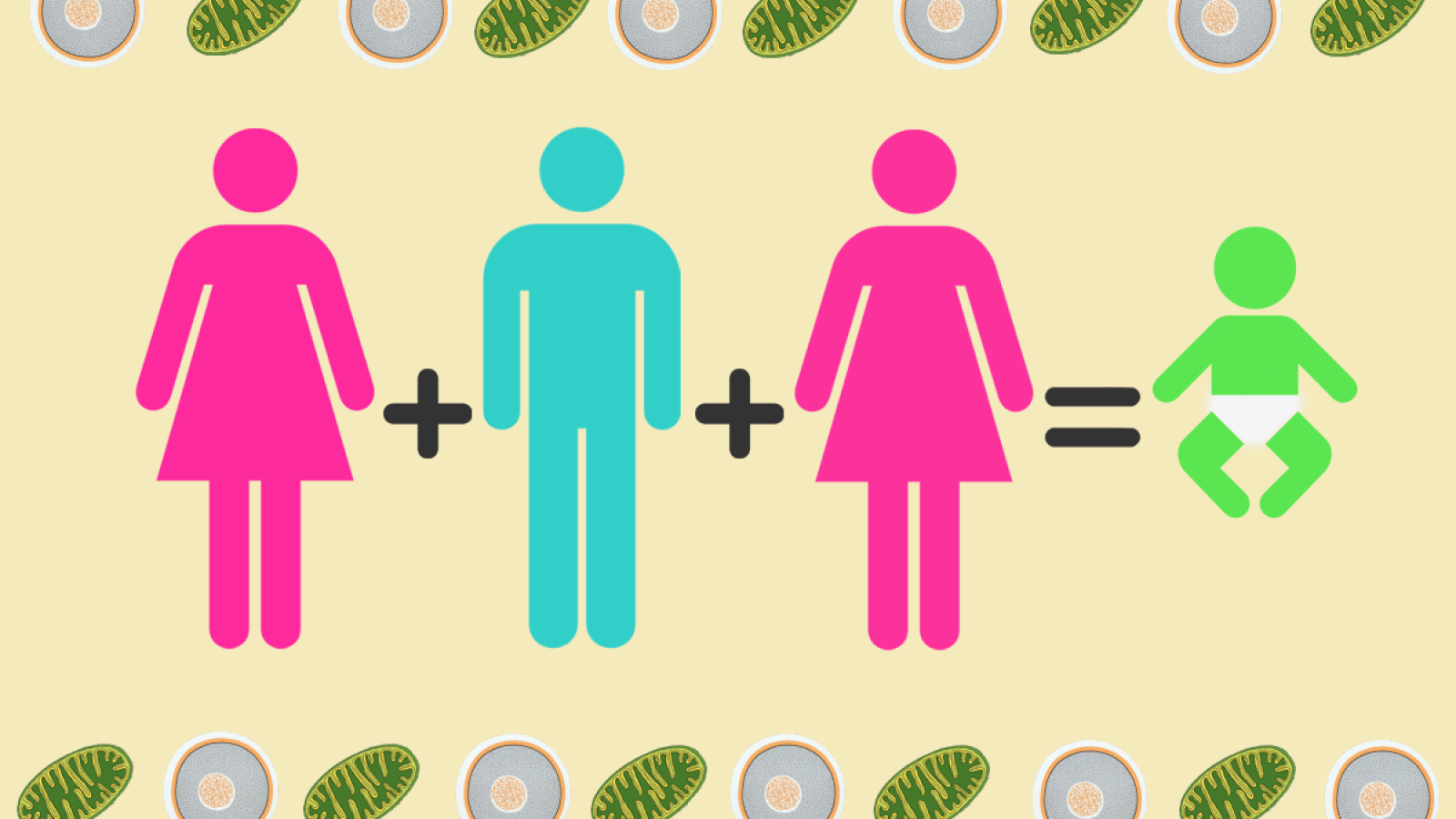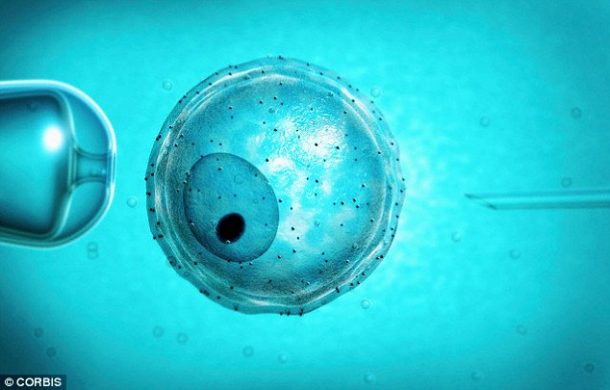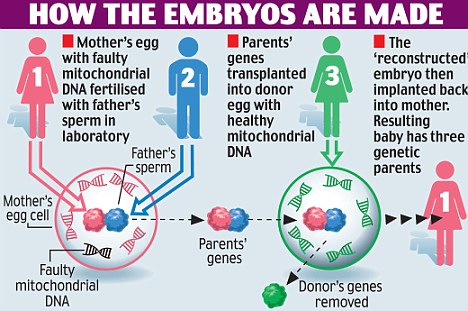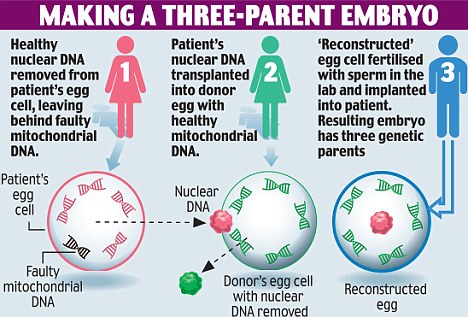The birth of a five-month-old boy using the much debated ‘three-parent’ technique has sparked the controversy anew. Many “pro-life” advocates had been suspicious and doubtful over the technique’s ethical grounds, while its results later on in the child’s life are also a point of contention.
The baby boy was conceived on April 6 in Mexico, using a technique called spindle nuclear transfer. This involves changing the baby’s DNA such that it contains genes from three parents – to allow him to avoid having a deadly genetic condition passed down through his mother.

The UK legalised the technique last year – allowing parents with rare genetic mutations to give birth to healthy babies.
The technique involves finding out the faulty mitochondria mother’s genes and replacing them with another woman’s during the IVF process. And since the mitochondrial DNA is passed down only by women, females with faulty mitochondria can have healthy children using the technique.

But the procedure has been a target of many sceptics, with a ban still in place in the US.
The boy was born in a Jordanian family helped by a US-based team in Mexico. The mother’s mitochondria carried Leigh syndrome, which is a fatal disorder of the nervous system that can be genetically passed down. She already lost two of her children before to the disease, so in a desperate attempt to conceive after 20 years of trying she approached John Zhang at the New Hope Fertility Centre in New York.
The technique of making three-parent baby approved in the UK is known as pronuclear transfer, which entails fertilising both the mother’s egg and a donor’s egg with the father’s sperm.
The researchers took the eggs, fertilised them and before their division into embryo they replaced the donor egg’s nucleus with the mother’s nucleus, thus removing the faulty mitochondria in the mother’s DNA.

This process was carried out in Mexico since it still has no rules about three-parent babies, Zhang said in an interview.
The technique then formed five embryos, but only one of them was healthy enough to be kept. Thus it was implanted into the mother. The five months old boy is now healthy and seems to be developing normally, with no signs of Leigh syndrome.
In response to the ethical concerns regarding the procedure, the process replacement of nucleus was done before fertilising the eggs, and male genes were also looked through for any genetic disease, thus ensuring that the baby is healthy. The researchers also avoided destroying any embryos in the process.

Right now, only 1 percent of the boy’s mitochondria has the Leigh mutation, which in theory should not effect his development in any phase of life.
But Bert Smeets from Maastricht, a skeptic, said in an interview that the child needs to be monitored closely, and “We need to wait for more births, and to carefully judge them,” to pass a final verdict on the safety of the procedure.

The three-parent technique – albeit a bit different in procedure – has already been used in the late ’90s in the US, which led to the development of people with genetic disorders; adding to the case against this technique.
As Michael Le Page reported: “Up to 17 people in the US may already have been born with donor mitochondria, because of a technique one clinic used to boost the success of IVF between 1997 and 2002 – when the FDA stepped in to stop it.”
Zhang’s report on his technique is yet to be peer-reviewed or published, but the team will present their case study at the American Society for Reproductive Medicine’s Scientific Congress in Salt Lake City in October.
Have any other information to add to this article? Let us know in the comments’ section below!



Can this be done to a woman who had no hope of getting pregnanr